
William Turner—the greatest British artist of all time
William Turner (born on April 23, 1775 - died on December 19, 1851) was a brilliant British artist of the 19th century, recognized as a master of landscape and historical genres, a marine painter, and an outstanding representative of Romanticism in world painting. Turner's paintings are characterized by a unique manner of depicting natural elements and sunlight, as well as the dominance of a vibrant color palette. In the later years of his career, William Turner's interest in abstractionism can be seen, predating the emergence of this style in European painting.
 William Turner. Self-Portrait, 1799
William Turner. Self-Portrait, 1799
William Turner achieved recognition early on, but his contemporaries harshly criticized many of his works for their bold innovation. The majority of the artist's works were bequeathed to the British people and now adorn the collection of the Tate Britain gallery.
Biography of William Turner
William Turner was born on April 23, 1775, in London, into the family of a wig maker. He began showing an interest in painting at an early age and taught himself to paint watercolors. Several of his works came to the attention of influential London artists by chance, and based on their recommendation, the 14-year-old Turner was admitted to the Royal Academy of Arts.
 William Turner. Snow Storm: Hannibal and his Army Crossing the Alps, 1815
William Turner. Snow Storm: Hannibal and his Army Crossing the Alps, 1815
Just a year after starting his education, the young artist achieved his first success. One of his watercolors was selected for the annual exhibition of works by Academy students. The young painter enthusiastically acquired knowledge and tried to copy the works of masters in order to refine his own skills.
William was particularly impressed by the paintings and engravings of Claude Lorrain. When he first saw "The Embarkation of the Queen of Sheba," Turner couldn't hold back his tears. Many years later, he created his own masterpiece with a similar theme, "Dido building Carthage." Both works are now displayed side by side at the National Gallery in London. Influenced by Lorrain, Turner also began working with mezzotint engraving technique.
 William Turner. Ulysses Deriding Polyphemus, 1829
William Turner. Ulysses Deriding Polyphemus, 1829
In 1799, the 25-year-old William was elected as an Associate Member of the Royal Academy, becoming the youngest artist in the institution's history to receive this prestigious title. In 1807, Turner was appointed as a professor of perspective at the academy.
From the early years of his professional career, the artist showed a keen interest in the genre of landscape painting. Turner firmly believed that landscapes could express deep emotions and evoke strong feelings in viewers, comparable to historical paintings. During the Napoleonic Wars, the painter also demonstrated his skill in the genre of historical battle scenes. "The Battle of Trafalgar" and "The Field of Waterloo" were warmly received by the public and critics.
 William Turner. The Burning of the Houses of Lords and Commons, 1835
William Turner. The Burning of the Houses of Lords and Commons, 1835
After his first trip to Italy in 1819, the artist's style gradually changed. He fearlessly experimented with light, and his works became brighter and more expressive. It was precisely the paintings from this period that had a tremendous influence on French Impressionists several decades later, particularly on Claude Monet and Camille Pissarro.
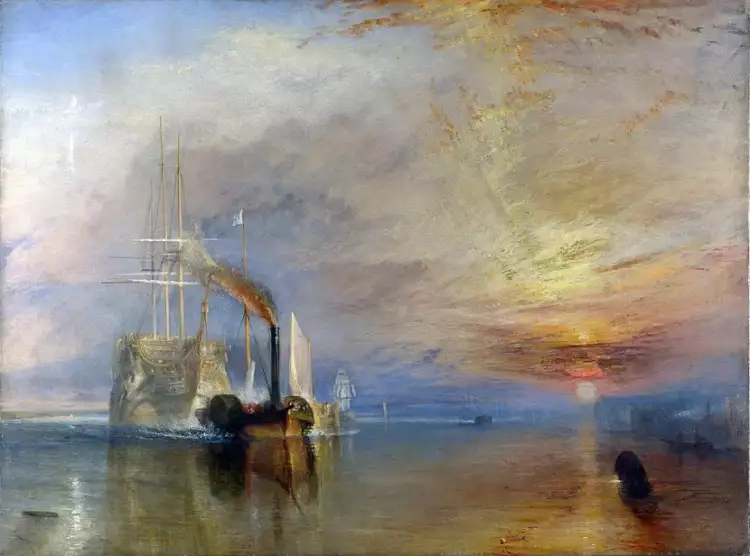 William Turner. The Fighting Temeraire, 1839
William Turner. The Fighting Temeraire, 1839
In the 1830s and 1840s, the acclaimed landscape painter gradually moved away from academic painting. His late works, with elements of abstraction, were far ahead of their time. Turner faced a storm of criticism, and even Queen Victoria refused to bestow him with a knighthood, despite his well-deserved mastery. His contemporaries labeled him mentally unstable and lost interest in his art.
 William Turner. Light and colours, 1843
William Turner. Light and colours, 1843
In December 1851, William Turner passed away at the age of 76. 133 years later, grateful descendants named one of the most prestigious awards in contemporary visual arts in his honor.
The Most Famous Paintings by William Turner
In the list of famous paintings by William Turner, there are both watercolors and oil paintings. The artist mastered both techniques skillfully and left behind numerous magnificent works:
- "Fishermen at Sea" (1796) - the first oil painting in the genre of landscape that brought the young artist wide recognition. The painting was enthusiastically compared to the works of the great Dutch master Rembrandt.
- "Self-Portrait" (1799) - one of the few examples of portraiture. This image was chosen by an authoritative committee to adorn the new twenty-pound British banknote.
- "The Battle of Trafalgar" (1808) - an epic masterpiece depicting the glorious victory of the British fleet.
- "Dido building Carthage" (1815) - considered the best painting in the artist's creative legacy according to his own recognition.
- "Rain, Steam and Speed" (1844) - one of the artist's last works with elements of abstraction.
 William Turner. Fishermen at Sea, 1796
William Turner. Fishermen at Sea, 1796
 William Turner. The Battle of Trafalgar, 1808
William Turner. The Battle of Trafalgar, 1808
 William Turner. Dido building Carthage, 1815
William Turner. Dido building Carthage, 1815
 William Turner. Rain, Steam and Speed, 1844
William Turner. Rain, Steam and Speed, 1844
William Turner holds a worthy place among the world's painting geniuses, and in Britain, many rightly consider him the greatest English artist of all time.
On the Very Important Lot portal, you can participate in auctions and acquire antique masterpieces. Our website also offers art enthusiasts the opportunity to directly purchase paintings from contemporary artists.
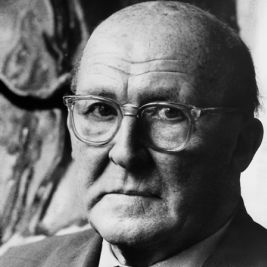 An entangled world Willi Geiger
An entangled world Willi Geiger 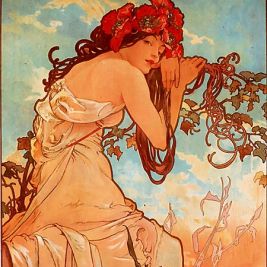 Art Nouveau is an international style in the visual arts
Art Nouveau is an international style in the visual arts 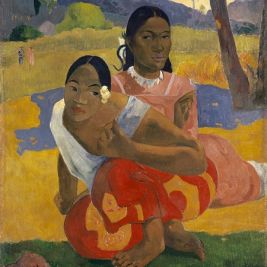 The painting "When Will You Marry?" by Paul Gauguin - bright colors of an exotic country
The painting "When Will You Marry?" by Paul Gauguin - bright colors of an exotic country  Numismatics is a serious scientific discipline or enthusiastic collection of ancient coins
Numismatics is a serious scientific discipline or enthusiastic collection of ancient coins  The painting "The Beekeeper" by Ivan Kramskoi is an expressive peasant figure against the backdrop of a landscape
The painting "The Beekeeper" by Ivan Kramskoi is an expressive peasant figure against the backdrop of a landscape  Navigating the Currents: The Tension Between Vintage and Modern Watches
Navigating the Currents: The Tension Between Vintage and Modern Watches 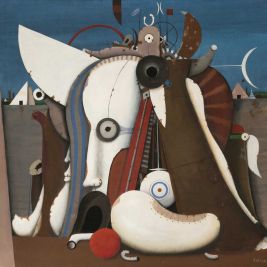 Experience the Grandeur at Wettmann Auktionshaus an der Ruhr's Art and Antique Auction
Experience the Grandeur at Wettmann Auktionshaus an der Ruhr's Art and Antique Auction  Battle genre in painting: heroic battles and anti-war pathos
Battle genre in painting: heroic battles and anti-war pathos  The painting "The Umbrellas" by Pierre-Auguste Renoir is a masterfully created illusion of black color
The painting "The Umbrellas" by Pierre-Auguste Renoir is a masterfully created illusion of black color  Empire: Expensive, Luxuriously, Militantly
Empire: Expensive, Luxuriously, Militantly